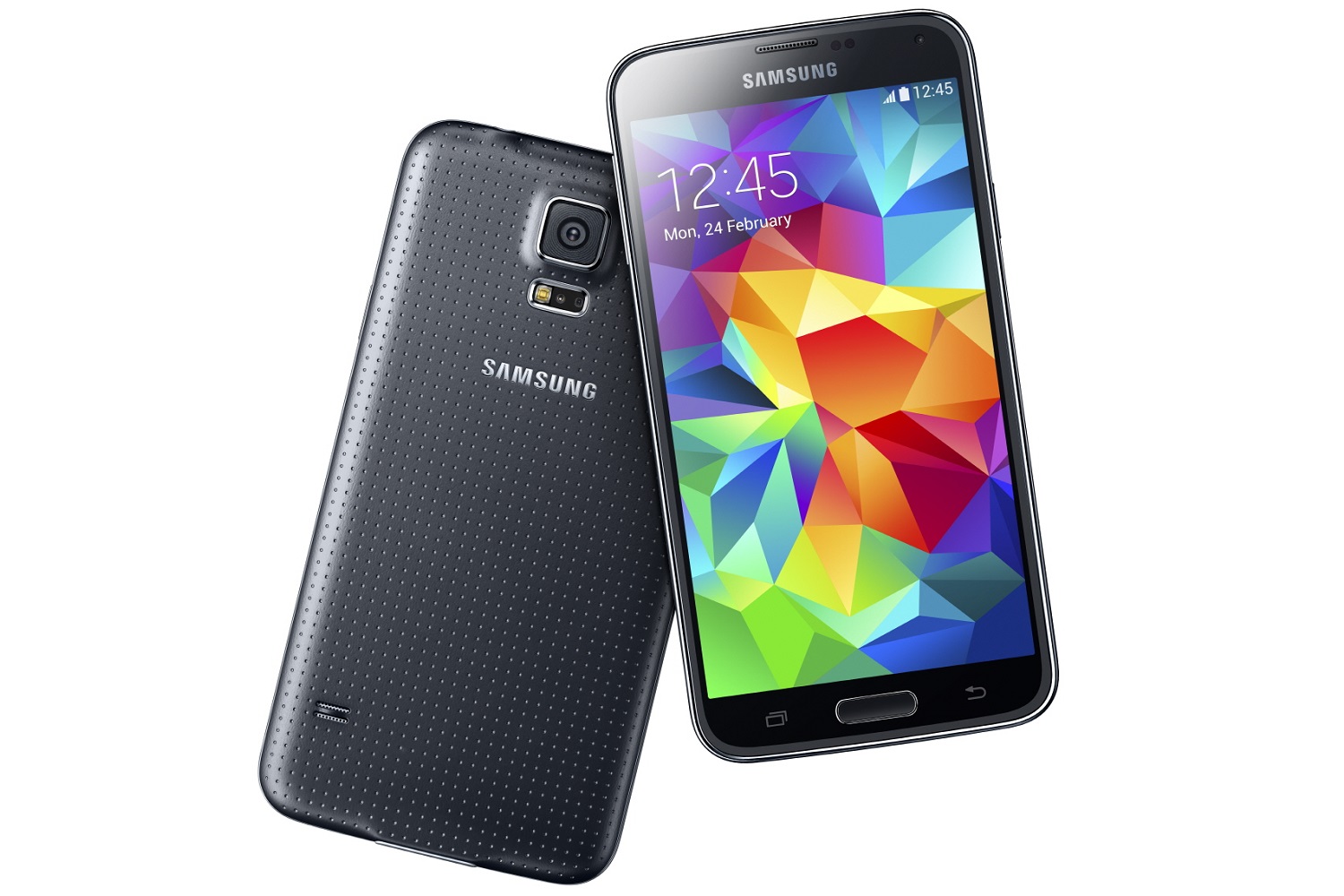
Making a flagship Android phone used to be pretty simple. Get a fast processor, a good camera and a decent amount of storage, make some changes for change’s sake to the stock Android interface, put it all in a reasonably slim chassis and push it out the door.
That approach served Samsung well for many years, and its ability to mass produce and market the heck out of its phones led to market dominance and huge profits. But eventually the diminishing returns of newer smartphone specs took a toll. Last year’s Galaxy S4 was a desperate attempt to plaster over a dull upgrade, technology-wise, with gimmicks that no one really needed. The S4 wasn’t a failure, but profits have fallen in recent months as Samsung has been squeezed by Apple on one side and cheaper Android phones on the other. Samsung needed to think beyond gimmicks and specs to help its flagship phone stand out again.
While I haven’t used Samsung’s Galaxy S5, today’s announcement looks like a step in the right direction. Yes, it has better tech specs than last year’s model, but not by huge leaps, and Samsung isn’t making a big deal out of them anyway. Instead, Samsung is focused on what people actually want — that is, a phone that helps them live their lives.
Perhaps the biggest example is the addition of waterproofing. The Galaxy S5 can withstand being dunked in up to three feet of water for 30 minutes, which means you could use it in the shower, bring it to the pool or accidentally drop it in the toilet. The technology has been around for a couple years, and it’s appeared in some other phones, but never in a phone as well-known or widely-adopted as Samsung’s flagship handset. This is a major development and a genuine selling point for Samsung over its main rival, Apple.
Other changes are less splashy, but still useful. Although the Galaxy S5’s camera has a higher megapixel camera than its predecessor, more substantial improvements include faster auto-focus and the ability to choose a point of focus after you’ve taken the shot.
Samsung also cut down on the number of camera modes in its software, lumping several effects into a single “Shot & More” mode. This allows you to choose the effect after taking the photo, instead of beforehand. It’s a rare case of restraint for a company not known for minimalism, but it’s not the only example. The Galaxy S5’s interface is just a little bit cleaner than before, and Samsung is no longer talking about its previous gimmicks, such as Air Gesture, Air View and Smart Scroll. (I’m waiting to hear back from Samsung on whether these features have been removed, or if Samsung just isn’t talking about them.)
Samsung
The other big bullet point for Samsung is its S Health 3.0 software, which ties into sensor data from the Galaxy S5 and from Samsung’s Galaxy Gear smartwatch line. Users can then plug in other data, such as diet and exercise records, to help monitor their overall health. We’ll have to see how well it all comes together, but as a software feature it’s more intriguing than, say, controlling your phone with no hands.
That’s not to say Samsung hasn’t completely moved beyond empty gestures of one-upmanship. The Galaxy S5’s fingerprint sensor seems like just that. It has more capabilities than the TouchID sensor on Apple’s iPhone 5s, but uses a swipe-based panel that’s already being criticized as finicky. We saw this coming even before the announcement.
The last Samsung phone I owned was the Galaxy S II, whose simple offering of speeds and feeds in a slim chassis appealed to me as a power user back in 2011. But times have changed, and something like the Galaxy S II would make for a pretty boring smartphone today. The Galaxy S5 may not be a revolutionary upgrade, but it’s Samsung’s first real attempt at a smartphone where the specs aren’t what matter. It’s already more interesting than anything Samsung has produced in the last few years.
More Must-Reads From TIME
- The 100 Most Influential People of 2024
- Coco Gauff Is Playing for Herself Now
- Scenes From Pro-Palestinian Encampments Across U.S. Universities
- 6 Compliments That Land Every Time
- If You're Dating Right Now , You're Brave: Column
- The AI That Could Heal a Divided Internet
- Fallout Is a Brilliant Model for the Future of Video Game Adaptations
- Want Weekly Recs on What to Watch, Read, and More? Sign Up for Worth Your Time
Contact us at letters@time.com